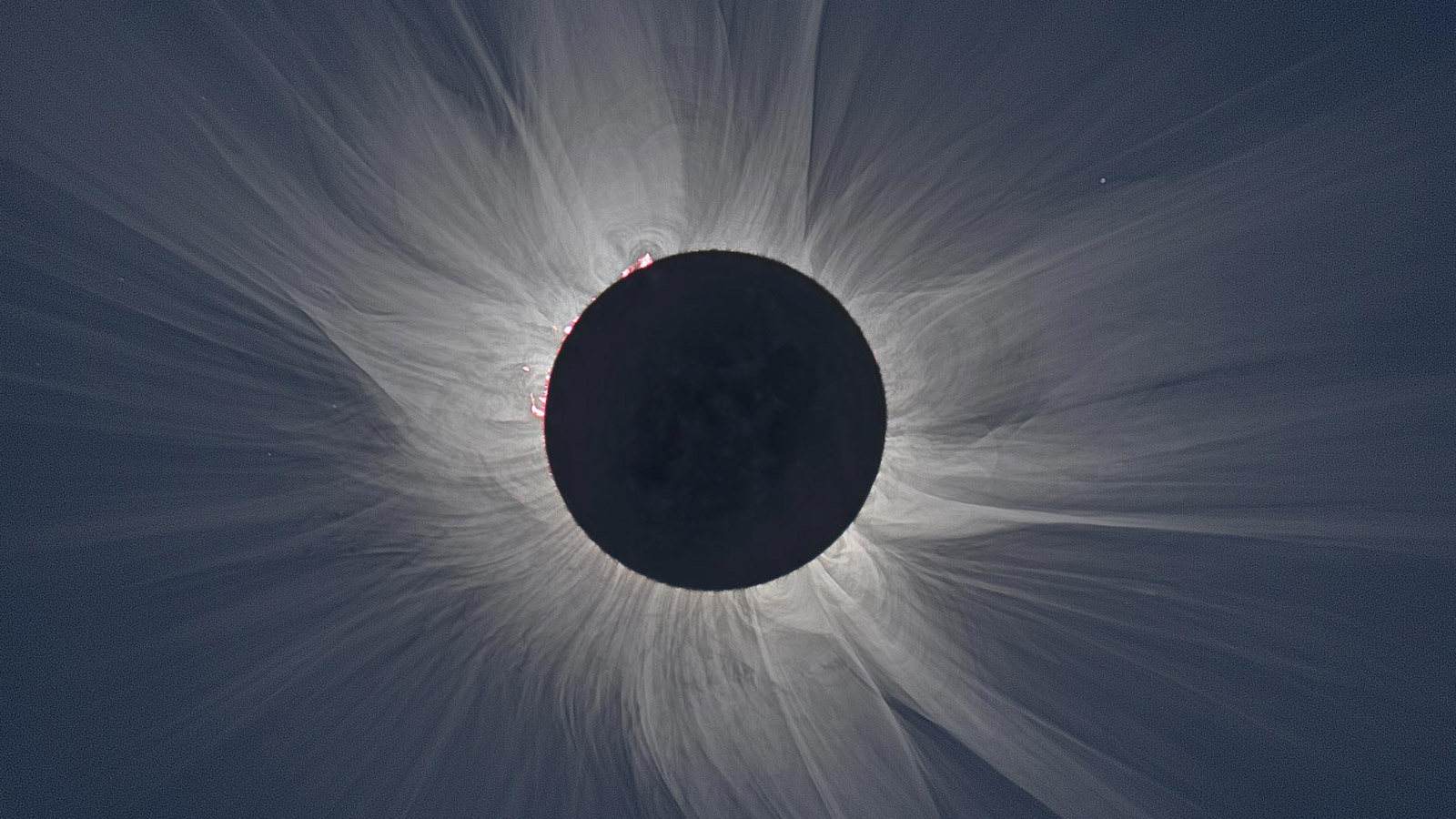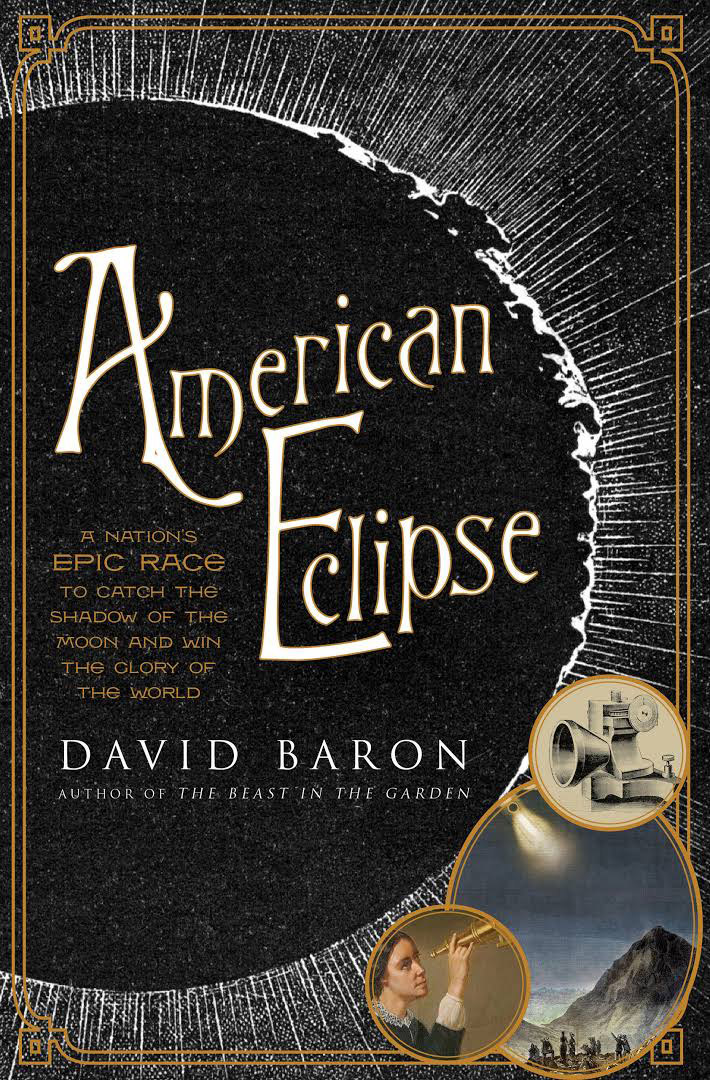The August 21 EclipseFive Questions for Astronomy Prof. Colette Salyk
The August 21 EclipseFive Questions for Astronomy Prof. Colette Salyk
On August 21, 2017, North America will be the site of an eclipse of the Sun, wherein the Moon will completely cover the Sun, leaving only the corona visible. Observers in many states—from the Pacific Northwest to the Southeast—will see a complete eclipse, while those in other states will see a partial eclipse. Professional and amateur astronomers, teachers, and many curious individuals have plans to travel to the best locations for an unfettered view of this astronomical wonder.

We asked Colette Salyk, Assistant Professor of Astronomy, a few questions about the solar eclipse and how to prepare for it.

What makes this eclipse so significant?
Although total eclipses occur somewhere on Earth about once every 18 months, an observer in a given location will only rarely see a solar eclipse. The last total solar eclipse visible from the Continental United States occurred in 1979 and was only visible from a few parts of the Pacific Northwest. This eclipse’s viewing window travels across the United States, from Oregon to Georgia, and is visible in totality from parts of 14 states.
Who will get the best view?
To truly experience the eclipse, you’ll want to be in the path of totality, where the Sun’s light is getting completely blocked by the Moon. Observers not in the path of totality may not even notice the eclipse is happening unless they are looking directly at the Sun with eclipse glasses (designed to protect your eyes while looking at the Sun).
NASA set up a website dedicated to the eclipse and it includes a list of eclipse-inspired events happening around the United States.
What should people do to protect themselves, if they wish to view it?
One simple option for viewing the eclipse safely is to use a pair of eclipse glasses. Unfortunately, some unsafe glasses are being sold, so it’s a good idea to follow this guide put out by the American Astronomical Society if you plan to purchase a pair.
It’s important to note that viewing the Sun without eclipse glasses (or other equipment designed to protect your eyes from harmful UV radiation) is not safe except during totality (which only lasts a few minutes or less).
Another idea is to make your own pinhole projector—making one is a simple DIY project, and many descriptions of this project can be found on the Internet. If you find yourself in the vicinity of a public observatory, it may have telescopes set up with solar filters to allow you to safely view the Sun.

A recent book titled American Eclipse spent a good deal of time on astronomer Maria Mitchell’s excursions with Vassar students. What will today’s students be doing to observe this historic eclipse?
In Maria Mitchell’s time, there was still a lot of basic science to be learned from viewing a total solar eclipse. Today, although some specialists still use eclipses to study a variety of topics (including the Sun, the Moon, and even extrasolar planets), most astronomers are simply viewing the eclipse to enjoy its beauty. Today’s students should join us by safely viewing the eclipse and simply enjoying the sight.
What will YOU be doing during the eclipse?
I’ll be getting together with a group of astronomers to watch the total eclipse in Oregon. This will be my first time viewing a total eclipse, so I’m really looking forward to it.